This exhibition at the Museum for Architectural Drawing shows the work of Alexander Brodsky, a contemporary Russian artist and architect of international acclaim. Alexander Brodsky comes from a renowned family of artists in Moscow and is credited as one of the groundbreaking co-founders of the ‘paper architecture’ movement in the Soviet Union in the early 1980s. It’s aim was to revolutionise the norms of late-modernist architectural production. Today he is known across the globe for his fantastic utopian architectural worlds which have been shown and premiated in numerous exhibitions from Tokyo and Paris to New York as well as at the 2006 Architecture Biennale in Venice.
The exhibition, which includes a number of new works made especially for Berlin, offers an overview of the creative output both of Brodsky the artist and Brodsky the architect. It gives insight into the rich variety of techniques. Brodsky’s architectural images do not relate to real projects but emanate from the artist’s fantasy and are an emotive response to his experience of architecture and space. The exhibition shows all the key motifs of Brodsky’s work: phantasmagorical landscapes; horizons and their fragments; architectonic objects which are reminiscent of industrial sites; sculptures; a variety of volumes and spatial models which, due to their rich and precise detailing, appear convincingly real, although they exist in an imagined architectural world.
Traditional techniques of architectural rendering such as engraving, pencil drawing and screen printing are supplemented with techniques which draw from installation art: clay façades which look like archaeological finds, foundations formed from bitumen roofing paper and labyrinths of ink, as well as a variety of architectural objects.
Artist:
Alexander Brodsky was born in Moscow in 1955, the son of the artist and architect Sawwa Brodsky and gained his diploma at the Moscow Architecture Institute in 1978. Towards the end of the 1970s and into the ´80s, he collaborated with Ilya Utkin, participated in international competitions and became one of the founders of the so called ‘paper architecture’movement which rebelled against the architectural standardisation of the post-Soviet era.
In the ‘90s, he created a number of installations and worked together with Ronald Feldman’s gallery in New York. Brodsky opened his own architectural practice in Moscow in 2000 and has since worked as an architect. His artistic works have gained many accolades and are to be found in the collections of the German Architecture Museum in Frankfurt/ Main, the Institute of Contemporary Art in Boston, the Museum of Modern Art in New York and in important private collections.
Curator:
Daria Paramonova, architect, co-curator of the Russian Pavilion at the Biennale in Venice, 2014
Cover photo: Fluchtpunkte / Vanishing points, 1997, Radierung / Etching, 450 x 800 mm
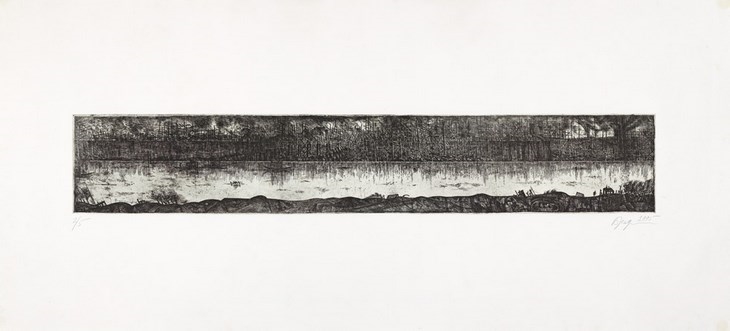 LANDSCHAFT / LANDSCAPE 1995 RADIERUNG / ETCHING 600 X 1320 MM
LANDSCHAFT / LANDSCAPE 1995 RADIERUNG / ETCHING 600 X 1320 MM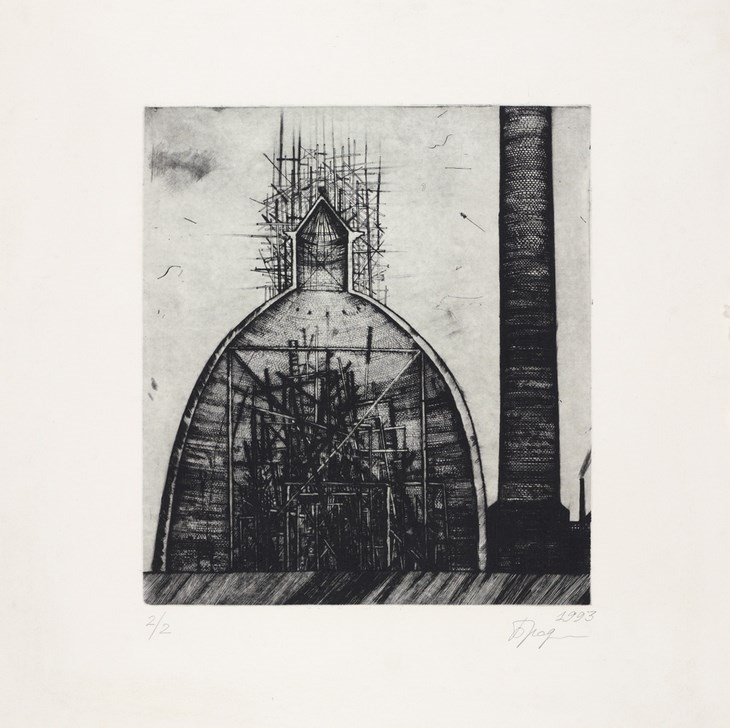 O. T. / UNTITLED 1993 RADIERUNG / ETCHING 660 X 660 MM
O. T. / UNTITLED 1993 RADIERUNG / ETCHING 660 X 660 MM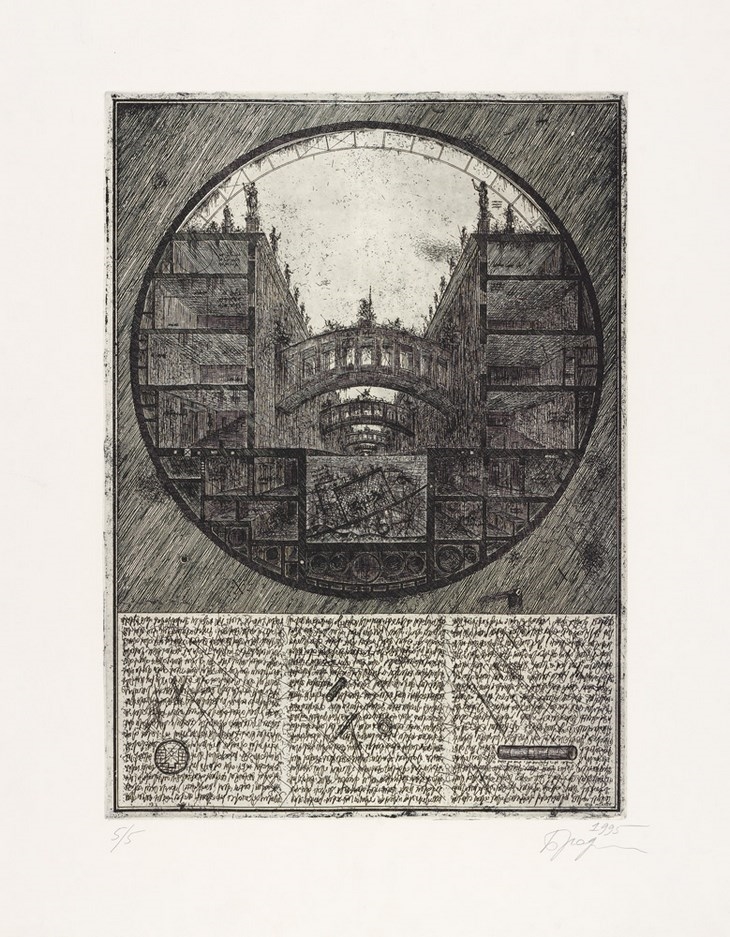 O.T. / UNTITLED 1995 RADIERUNG / ETCHING 805 X 650 MM
O.T. / UNTITLED 1995 RADIERUNG / ETCHING 805 X 650 MM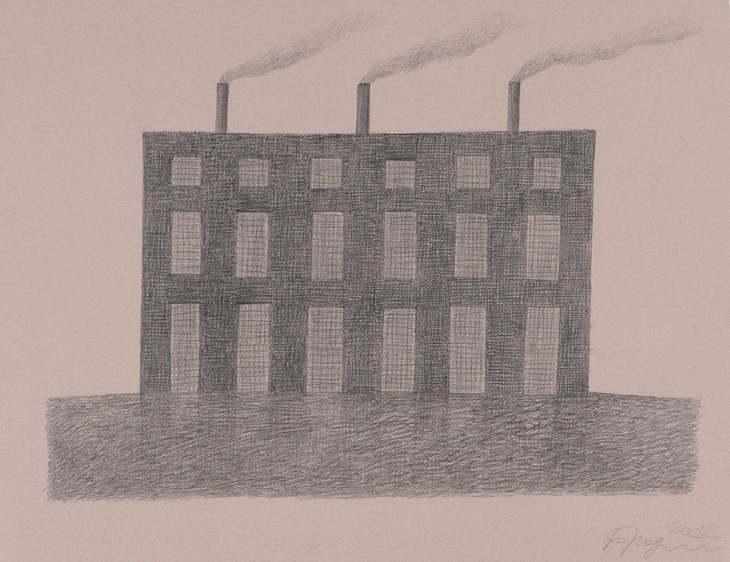 O. T. / UNTITLED 2012 PAPIER, BLEISTIFT / PAPER, PENCIL 500 X 700 MM
O. T. / UNTITLED 2012 PAPIER, BLEISTIFT / PAPER, PENCIL 500 X 700 MM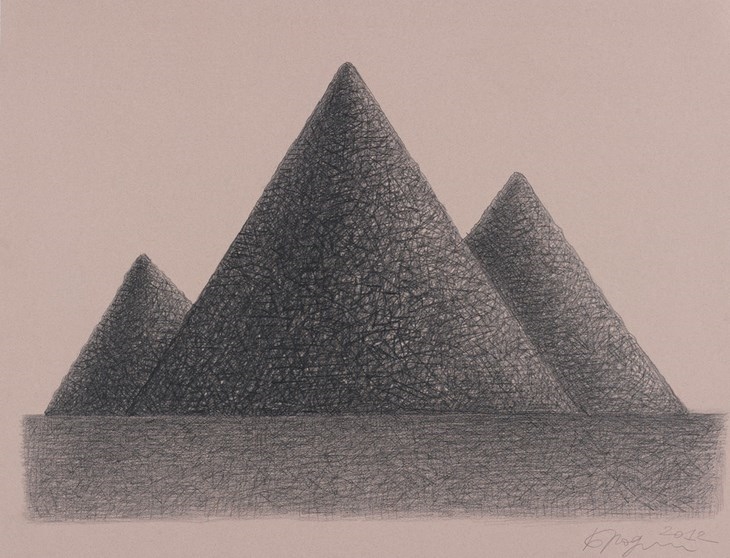 O. T. / UNTITLED 2012 PAPIER, BLEISTIFT / PAPER, PENCIL 500X700 MM
O. T. / UNTITLED 2012 PAPIER, BLEISTIFT / PAPER, PENCIL 500X700 MM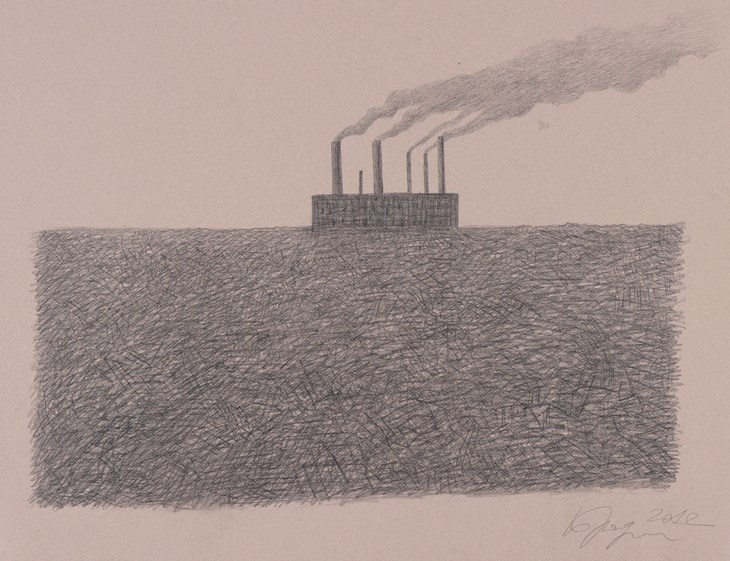 O.T. / UNTITLED 2012 PAPIER, BLEISTIFT / PAPER, PENCIL 500 X 700 MM
O.T. / UNTITLED 2012 PAPIER, BLEISTIFT / PAPER, PENCIL 500 X 700 MM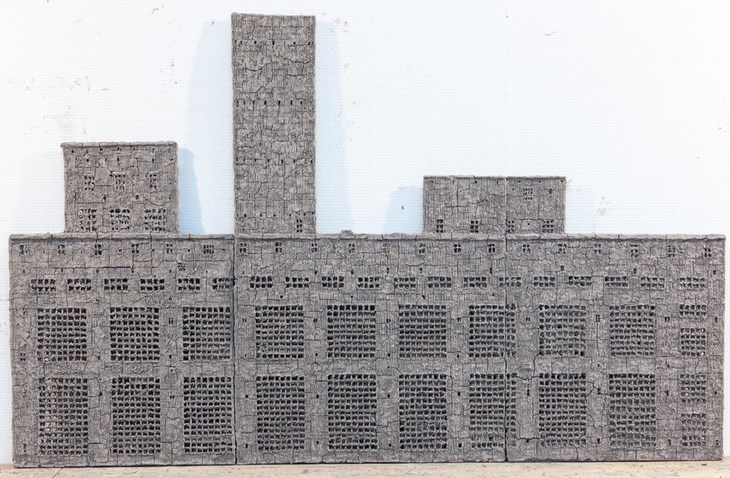 OHNE TITEL / UNTITLED 2014 UNGEBRANNTER TON / UNFIRED CLAY 980 X 150 MM
OHNE TITEL / UNTITLED 2014 UNGEBRANNTER TON / UNFIRED CLAY 980 X 150 MM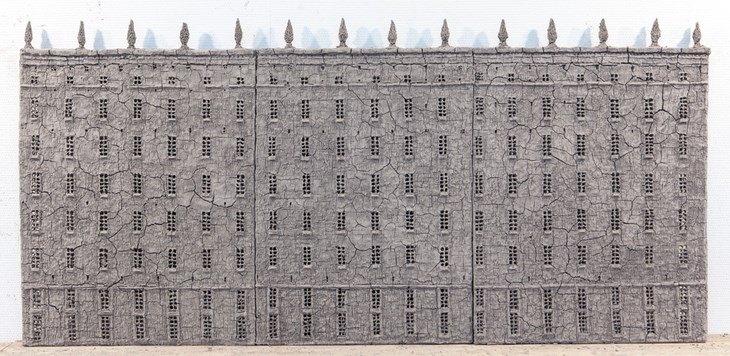 OHNE TITEL / UNTITLED 2014 UNGEBRANNTER TON / UNFIRED CLAY 840 X 1750 MM
OHNE TITEL / UNTITLED 2014 UNGEBRANNTER TON / UNFIRED CLAY 840 X 1750 MM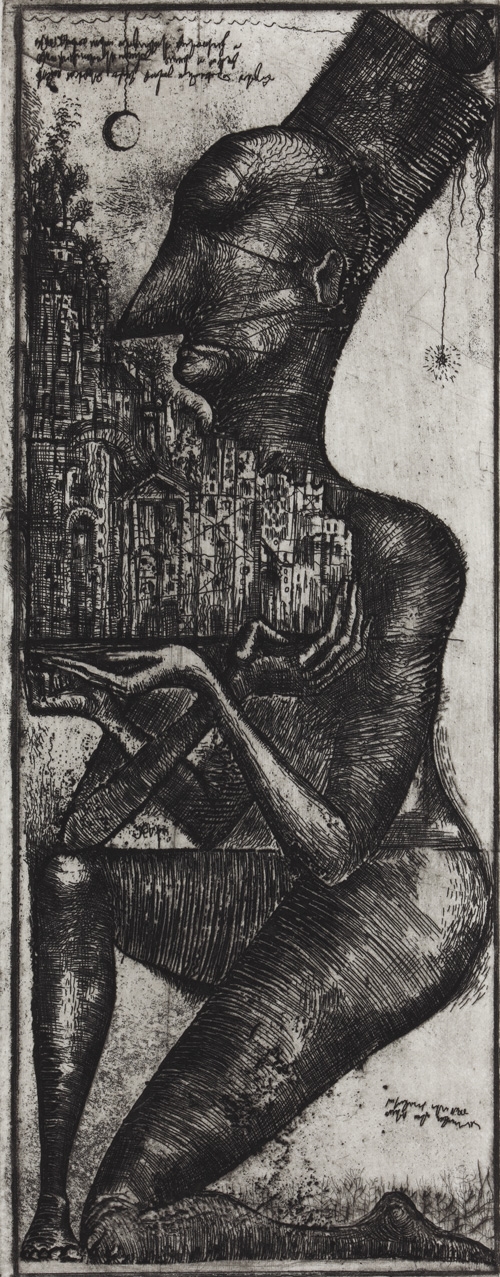 ARCHITEKT / ARCHITECT 1984 RADIERUNG / ETCHING 530 X 390 MM
ARCHITEKT / ARCHITECT 1984 RADIERUNG / ETCHING 530 X 390 MMREAD ALSO: GREEN SPACE IN NEA ERITHREA / ARCHITECTONES 02

